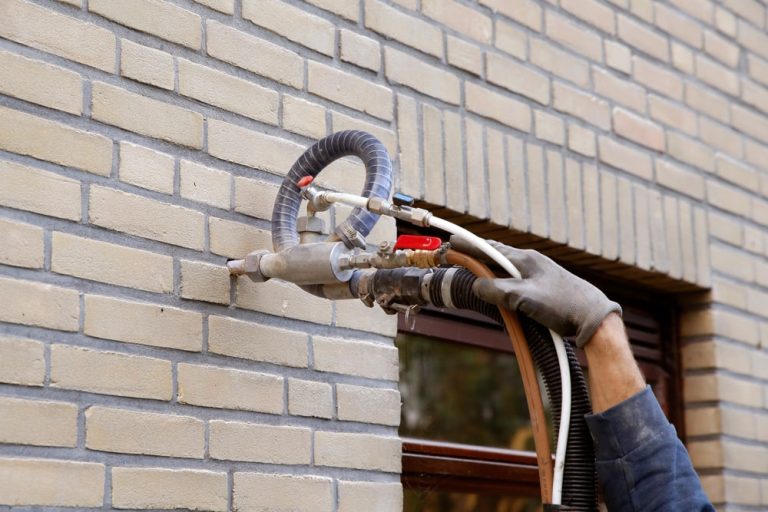A quick recap...
Did that help you decide the best type of insulation for your home? Perhaps you would like to know what type of insulation is in your cavity walls? Or are you thinking of cavity wall insulation and are interested in a free survey? Whatever the query, here at First Choice Energy we are happy to answer any question you may have. So why not get in touch?


